news / How-to-Upgrade-Your-Car-Audio-System-and-Speakers
How to Upgrade Your Car Audio System and Speakers
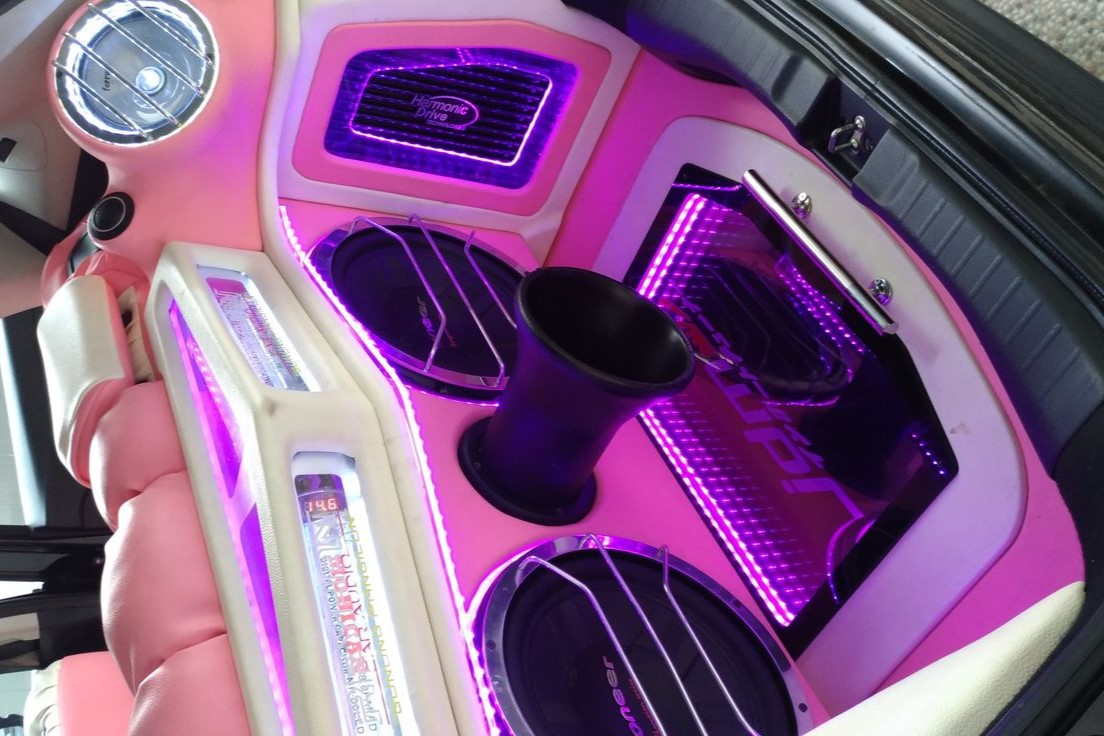
When you think of your favorite places to be in the world, your car on your way to work probably isn’t one of them. But what if it could be? Upgrading your car audio could mean the difference between a commute that feels like your typical trip to work versus one that feels like you’re traveling with a live band on your dashboard. After all, American drivers spend over 17,600 minutes in their cars each year. That’s almost 300 hours. For all that time you spend in the car, it could be made even better with a car stereo system that sounds as good as it does at home.
"Older car? Skip the turn-it-up test. You know your car like the back of your hand. And though you can’t turn back the odometer or make it look showroom clean, it’s a good car in spite of its age. Our point is that no matter how old your car is, you can get that new car buzz back again with a killer sound system in one of two ways: 1) By replacing elements of the sound system – speakers, amps, touch screens, etc. – in a way that doesn’t change your car’s OEM look, or 2) Going all in with a balls-to-the-wall car audio system that’s more about blowing your mind vs. keeping a look. (Don't believe it? Click here to see how we transformed the sound system of a Jeep Wrangler.) Whether you have a new car or your old faithful, one thing's for sure: if you're unhappy with the way your music sounds, it's time for a car audio upgrade. Start with better speakers. (Easy.) It can be a little intimidating when shopping for new car speakers, especially if you don’t know what you’re looking for. There are so many varieties of speakers and details to consider: brands, materials, sizes, components, prices… the list goes on. Overall, you’ll want to focus on the things that are most important to you. Is it sound? Is it price? Is it size? While we definitely recommend speaking with an expert, here’s an overview of things you’ll want to be familiar with before upgrading your car speakers. Choose the right speaker size to fit your car. There are tons of car speaker size options to choose from. If you’re looking to keep your car’s OEM look, then you want to replace your existing speakers with speakers of the same size. (Have 6.5” speakers in the front doors of your Honda Civic? Get 6.5” speakers as replacements.) Not sure what size speakers you have? Simply measure across the speaker at its widest points. Once you have your speaker measurements, determine the size you need by comparing it to the available speaker sizes. Round speaker sizes can be 3-1/2”, 4”, 5-1/4”, 6-1/2”, or 8”. Oval speaker sizes can be 4x6”, 4x10” 5x7”/6x8”, or 6x9”. Stick with your current car speaker style. Before you start looking at new car speakers, you’ll want to know if your current speaker style is component or coaxial. Depending on which one you currently have, you'll want to keep it consistent when you shop for new speakers. Many newer cars (plus some older cars circa 2000) have component-style speakers (like the Kicker 47KSS6504 speaker system below) installed in the front. Component speakers have outboard tweeters that are separate from the accompanying mid-bass drivers.Upgrading your car's audio system can significantly enhance your driving experience by delivering superior sound quality tailored to your preferences. Here's a detailed guide to help you navigate the process: 1. Assess Your Current System Begin by evaluating your existing setup to identify its strengths and weaknesses. Determine which components—such as the receiver, speakers, amplifier, or subwoofer—require upgrading to achieve your desired sound quality. 2. Set a Budget Establish a clear budget to guide your upgrade decisions. Car audio enhancements can range from modest improvements to high-end installations, so knowing your financial limits will help you make informed choices. 3. Upgrade the Receiver (Head Unit) The receiver serves as the control center for your audio system. Upgrading to a modern unit can provide: Enhanced Sound Quality: Improved internal components deliver clearer audio. Advanced Features: Access to Bluetooth connectivity, smartphone integration (such as Apple CarPlay or Android Auto), and high-resolution audio playback. Customization: Equalizers and sound processing options allow for personalized audio settings. 4. Replace Factory Speakers Factory-installed speakers often lack the clarity and depth of aftermarket options. Consider upgrading to: Component Speakers: Separate woofers and tweeters provide superior sound staging and clarity. Coaxial Speakers: Integrated units that are easier to install and still offer improved sound quality over factory speakers. 5. Add an Amplifier An amplifier boosts the audio signal, resulting in: Increased Volume: Louder sound without distortion. Improved Clarity: Enhanced detail across all frequencies. Better Speaker Performance: Provides adequate power to high-performance speakers. 6. Install a Subwoofer To achieve deep, rich bass, incorporate a subwoofer into your system. Options include: Powered Subwoofers: Compact units with built-in amplifiers, ideal for limited space. Component Subwoofers: Separate subwoofers requiring an external amplifier, offering greater customization and power. 7. Sound Deadening Reduce road noise and vibrations by installing sound-deadening materials in doors and other areas. This enhances audio clarity and overall sound quality. 8. Professional Installation vs. DIY Decide between professional installation and a do-it-yourself approach: Professional Installation: Ensures optimal performance and integration, often accompanied by warranties. DIY Installation: Cost-effective for those with technical skills, but requires time and attention to detail. 9. Future-Proofing Consider future upgrades by selecting components that allow for expansion, such as receivers with multiple preamp outputs or amplifiers with additional channels. 10. Research and Reviews Before purchasing, research products and read reviews to ensure compatibility and performance meet your expectations. By following this comprehensive approach, you can systematically upgrade your car's audio system to deliver a personalized and immersive listening experience on the road. For a visual guide on upgrading your car audio system, you might find the following video helpful:
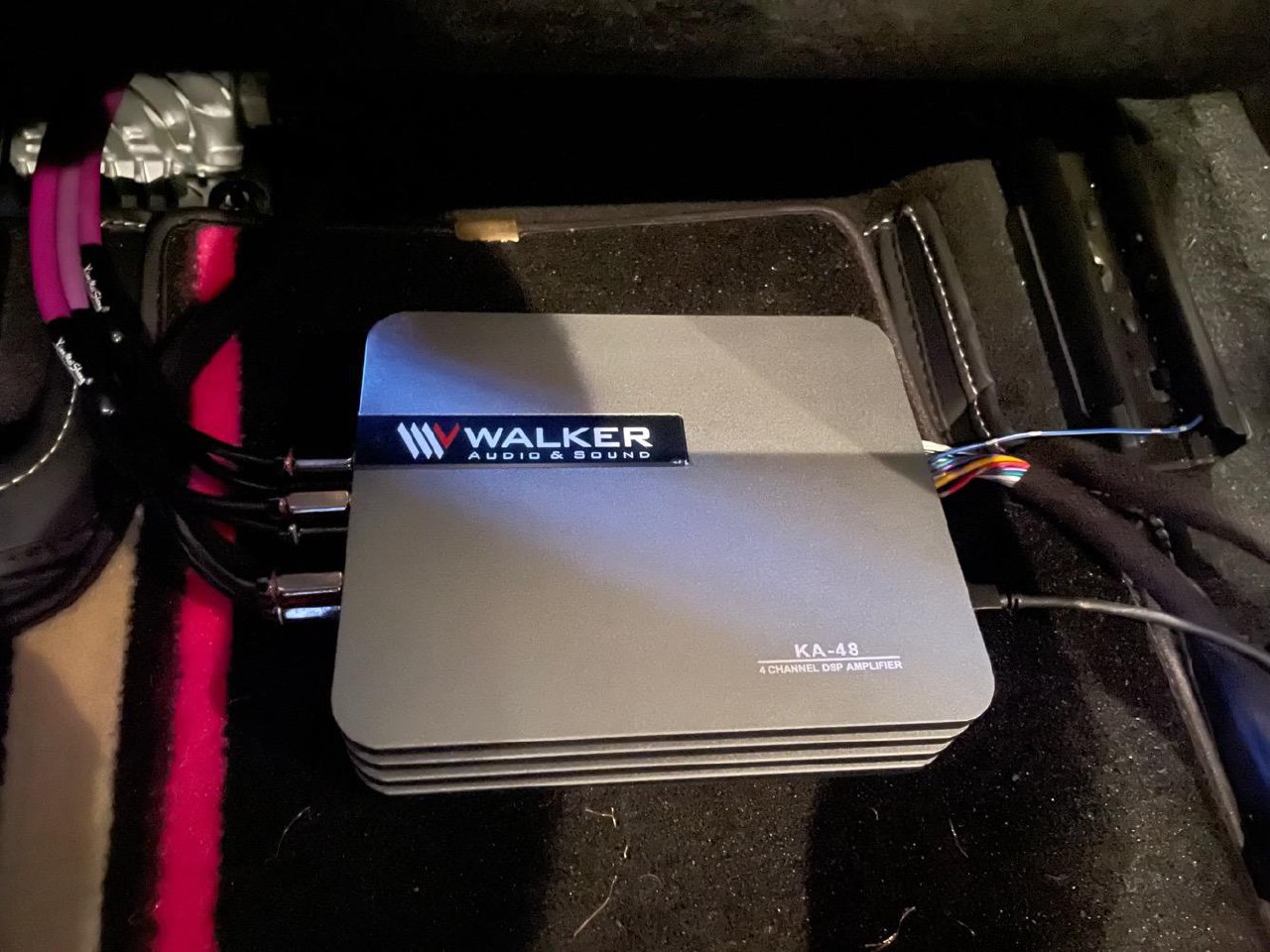
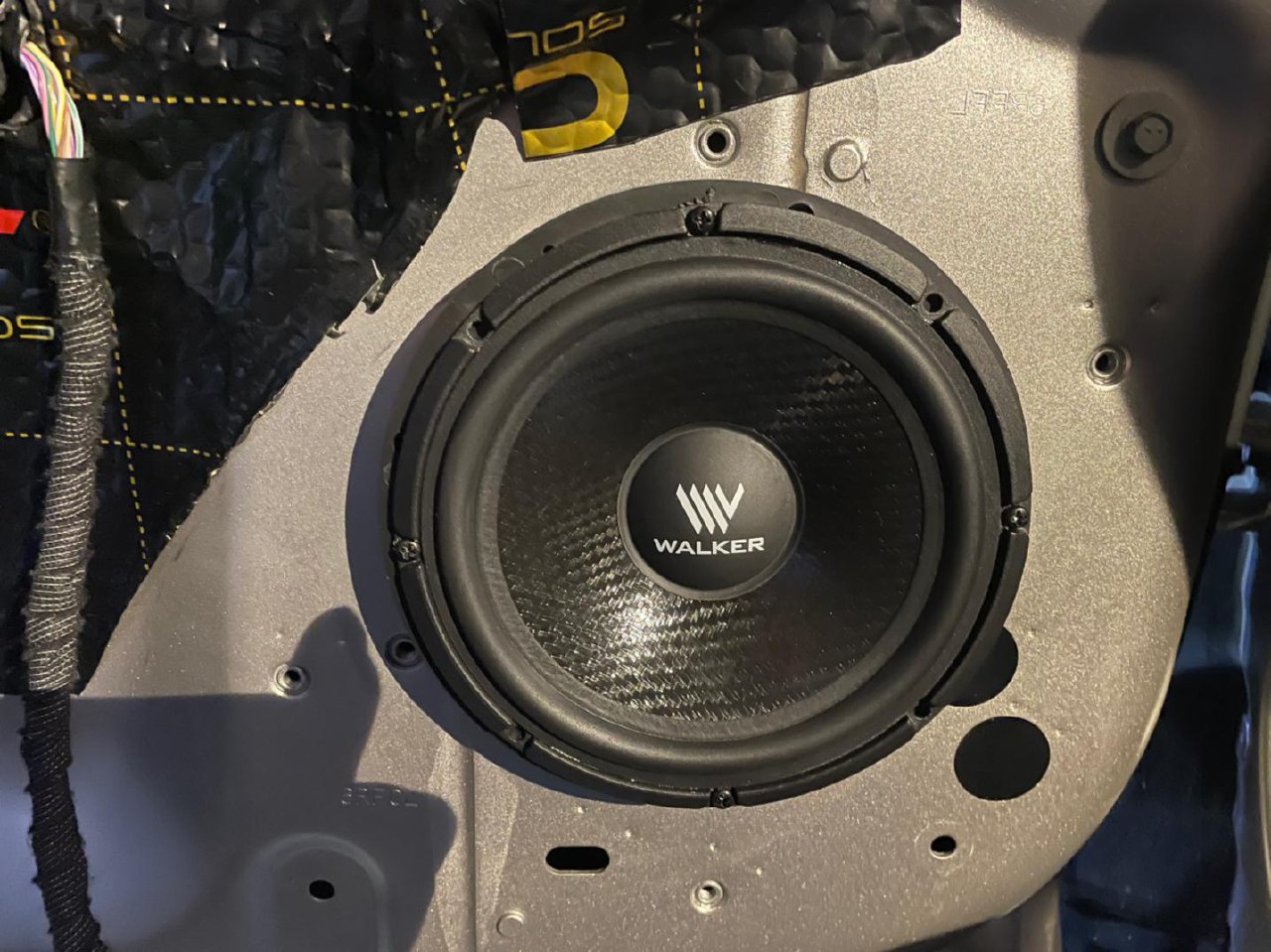
How to tell if your car audio needs an upgrade If you're thinking about upgrading your car audio, there are a few things to keep in mind. And it all starts with where the weakest part of the system is. Not enough volume? Lack of solid bass response? Figuring out the weakness helps you formulate a plan of action. New car? Take the turn-it-up test. You just bought a new car or truck – and you love it. It smells good, looks good, drives like a dream… and there’s not a single M&M or runaway french-fry under the seat. (Yet.) Awesome, congratulations. Now, get in the driver’s seat and play the stereo. Loud. As in ALL THE WAY UP LOUD. Assuming you‘ve already done this, two things: 1) We’re not here to bum you out or tell you anything you don’t already know, like your new car audio is seriously lacking, and 2) You’re not alone. Truth is, every new car and truck comes with less-than-impressive sound system (even premium sound systems can be improved upon, believe it or not). The good news: upgrading your car's sound system won’t cost a fortune or require ruining your car’s clean original equipment manufacturer’s (OEM) look. More on that in a moment.
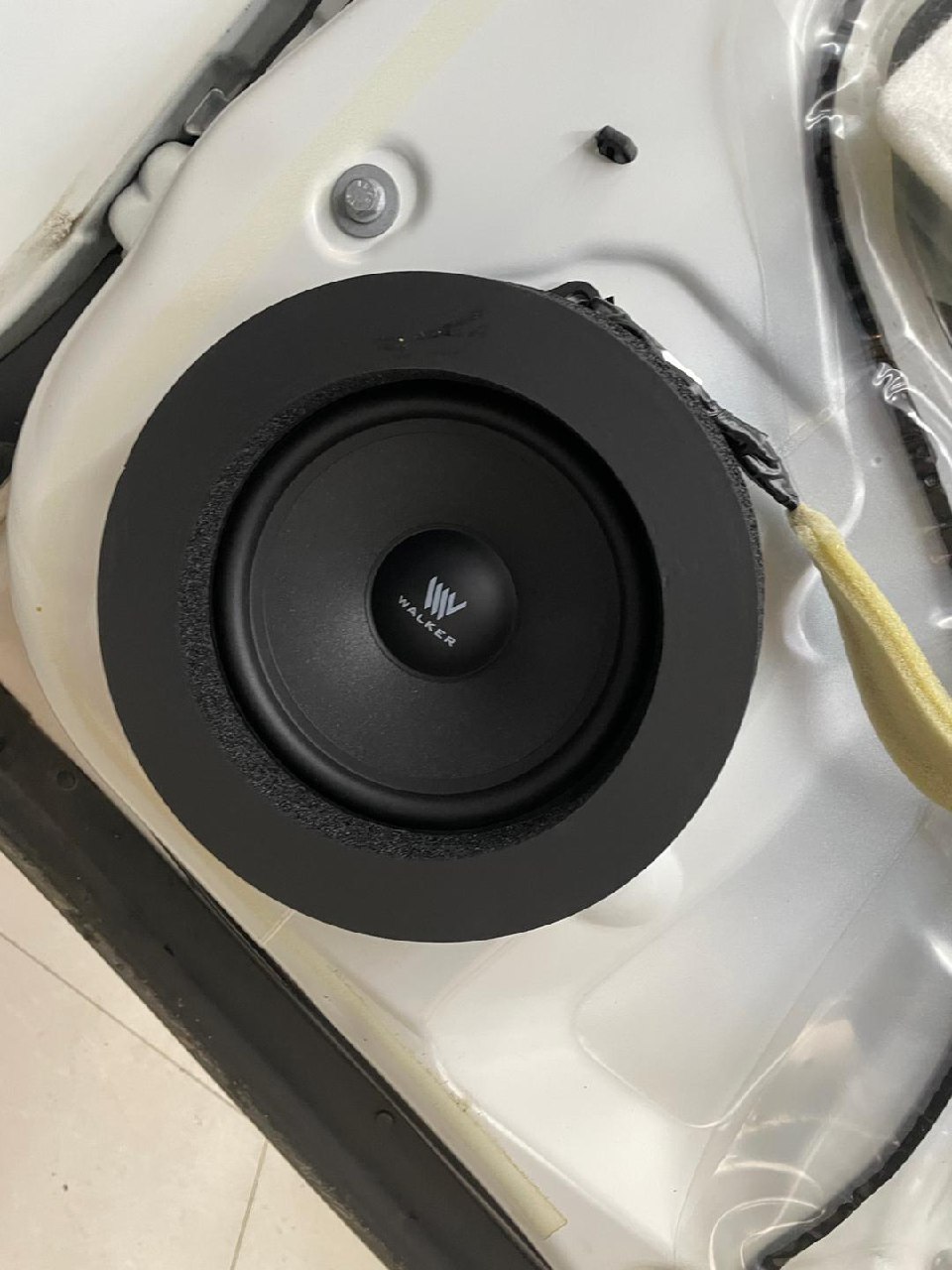
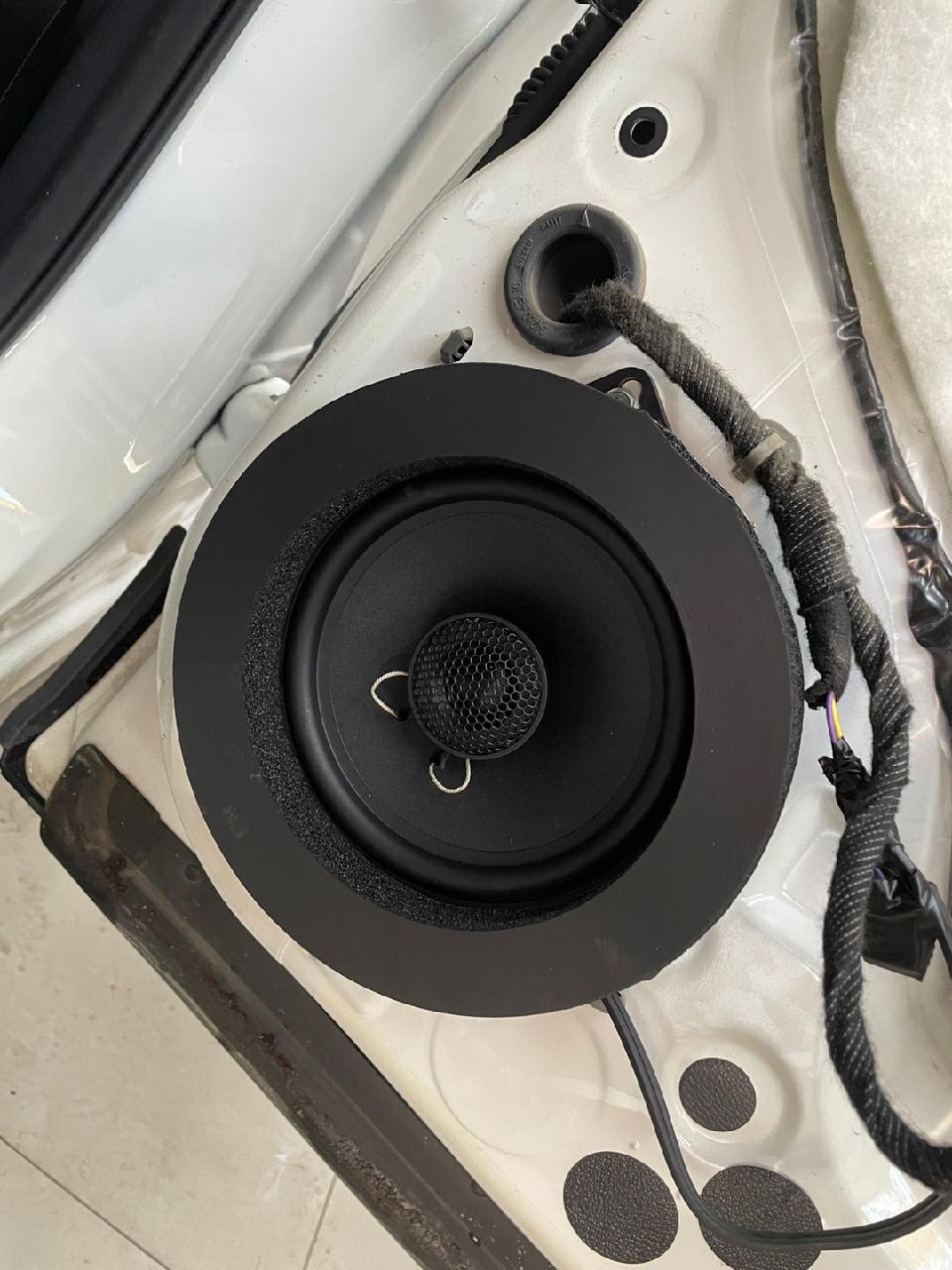
contact with us
stay in touch
-
Orientation Vision
Development Manager
+49 30 12345678
info@vwalker.de -
Business Strategy
Marketing Specialist
+49 89 98765432
Marketing@vwalker.de -
Technical support
Audio Engineer
+49 40 11223344
AudioEngineer@vwalker.de


